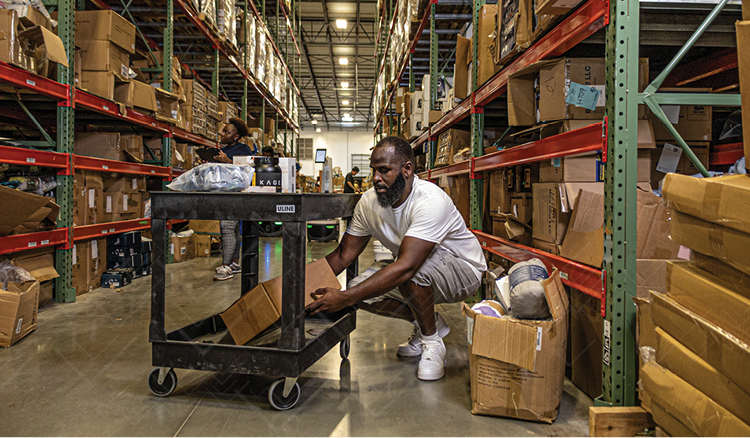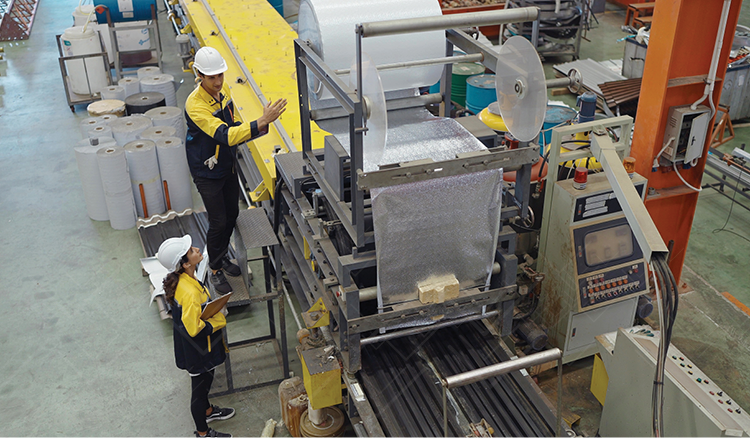Time to Fill: Full-Time Employees vs On-Demand Labor
When you need workers, you don’t want to spend so long finding them that it slows your business down. At the same time, you want to take time to vet candidates so that you get good workers instead of bad apples. So how do you balance these two priorities?
At Veryable, we connect businesses to workers to fill their short-term needs every day through our on-demand labor platform. We have seen how important speed and transparency is to businesses when they’re in the crucial process of selecting workers. That’s why we’ve put together this comparison of time to fill across the different labor sourcing solutions available for you, and remained as unbiased as possible.
In this article, you will learn the average time to fill for traditional staffing and on-demand labor. You’ll see the speed of both solutions, as well as what each one does best so that you can decide which fits your needs best.

What is time to fill?
Time to fill is how long it will take you to find a worker to fill a role in your company. It begins when you create and communicate the work opportunity, and ends when you agree to pay a specific worker to do the work.
Time to fill: Recruiting full-time employees
The average time to fill a full-time role in manufacturing in Q1 of 2021 was 48 days.1 Filling a full-time role with traditional staffing methods is the most time-intensive way to do so. This is the tradeoff you make to have time to interview candidates and get a sense for whether they’ll be a good fit in your company.
Depending on your circumstances, you might have an internal person or team dedicated to recruiting new workers, or you might be working with a third party to help you find and screen the workers before you talk to them.
Even if you have someone external doing the work of screening candidates before their final interview, there are certain steps in traditional recruiting for full-time employees that you can’t get around. Posting to job boards, reviewing resumes, contacting candidates, performing interviews, and doing paperwork take a lot of time to conduct.
Time to fill: On-demand labor
Although it’s not accurate to call filling a need with on-demand labor “filling the role,” finding workers is much quicker with on-demand labor than it is with traditional staffing.
For temporary needs, like projects or demand fluctuations, you can find workers on demand through a platform like Veryable within a day. In fact, on our platform, many companies get bids on their work opportunities within minutes of posting. And the workers are ready to work as soon as the next day.
Compared to waiting 48 days on average when you use traditional staffing, you could reduce this to one day on average with on-demand labor. And when your demand changes again or the project is over, you can immediately drop your headcount back down to where it was.
If you frequently have a need for extra workers, but still not always, you can use on-demand labor to address this need as well. You can build a labor pool of workers who you’ve worked with before, and invite them to your work opportunities as soon as you post. That way you know that your favorite workers get a chance to bid on your work. And when they arrive, they’ll already have been trained from the last time they worked with you.
How to choose a solution to fill your labor needs
If you have a definitive need for a full-time employee to keep your headcount at its baseline level, then traditional staffing is the route you should go. While nothing prevents you from hiring someone from an on-demand labor platform, many of these workers are not interested in full-time work.
If you have fluctuating demand, seasonal demand, or project-based needs, then on-demand labor is a good choice for finding workers on a temporary basis and building a labor pool for addressing future needs. Because you have your base of full-time employees where you want it, this option will let you flex up and down on top of that minimum headcount so that you can match demand precisely.
When you’re ready to flex your capacity to match demand, read how on-demand labor can help you do this.
1. According to U.S. Bureau of Labor Statistics data found in its May 11, 2021 update of the Job Opening and Labor Turnover (JOLTS) report, the average number of monthly job openings in Q1 of 2021 in the manufacturing industry was 605,000 and the average number of monthly hires made in the same period was 380,667. Dividing monthly openings by monthly hires gives an average time to fill of 1.59 months, or 48 days.
Previous Posts
How Policy Constraints, Not Just Production Bottlenecks, Threaten Your Bottom Line
The Future of Manufacturing and Logistics
Create a free business profile today to explore our platform.






